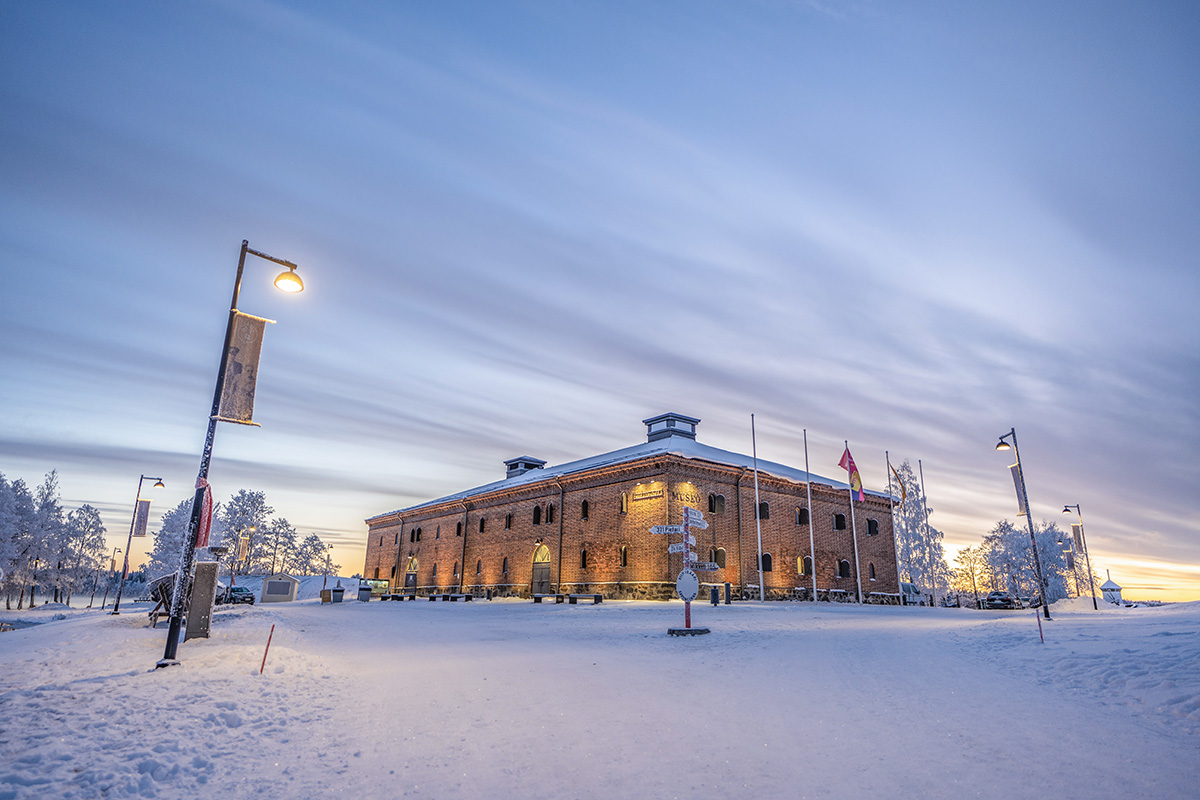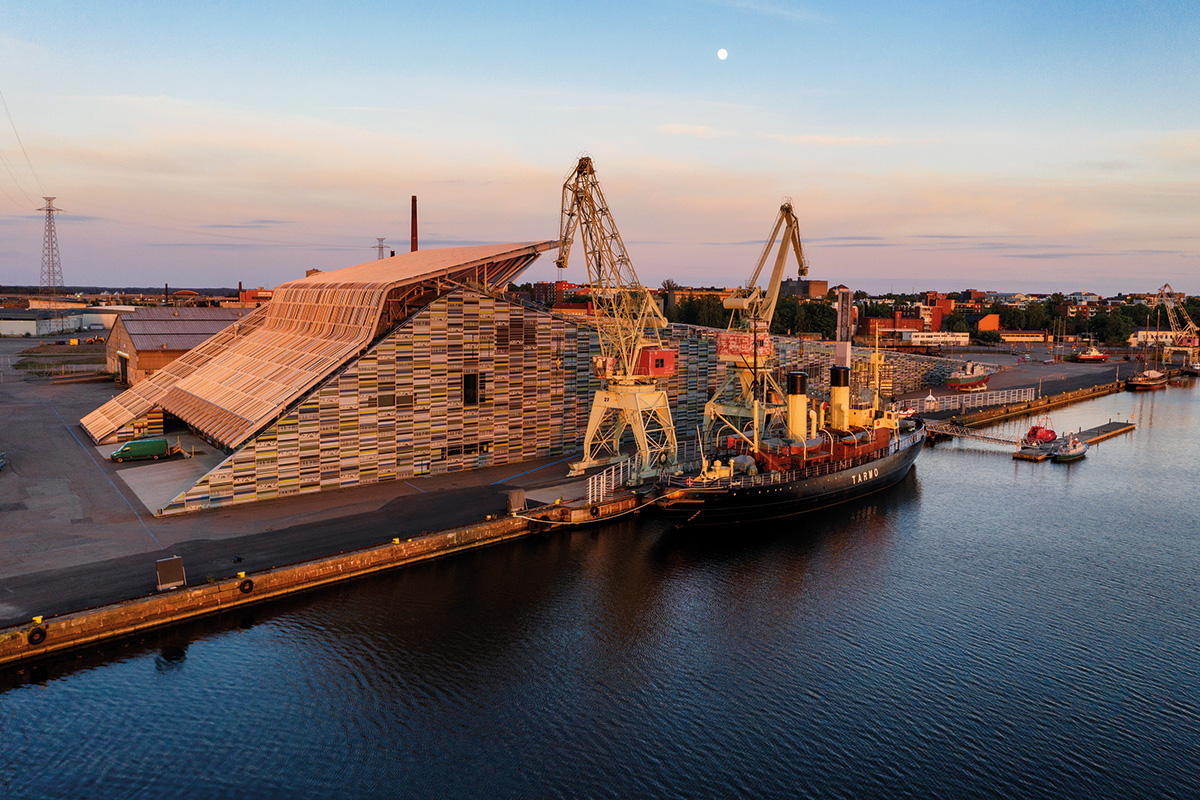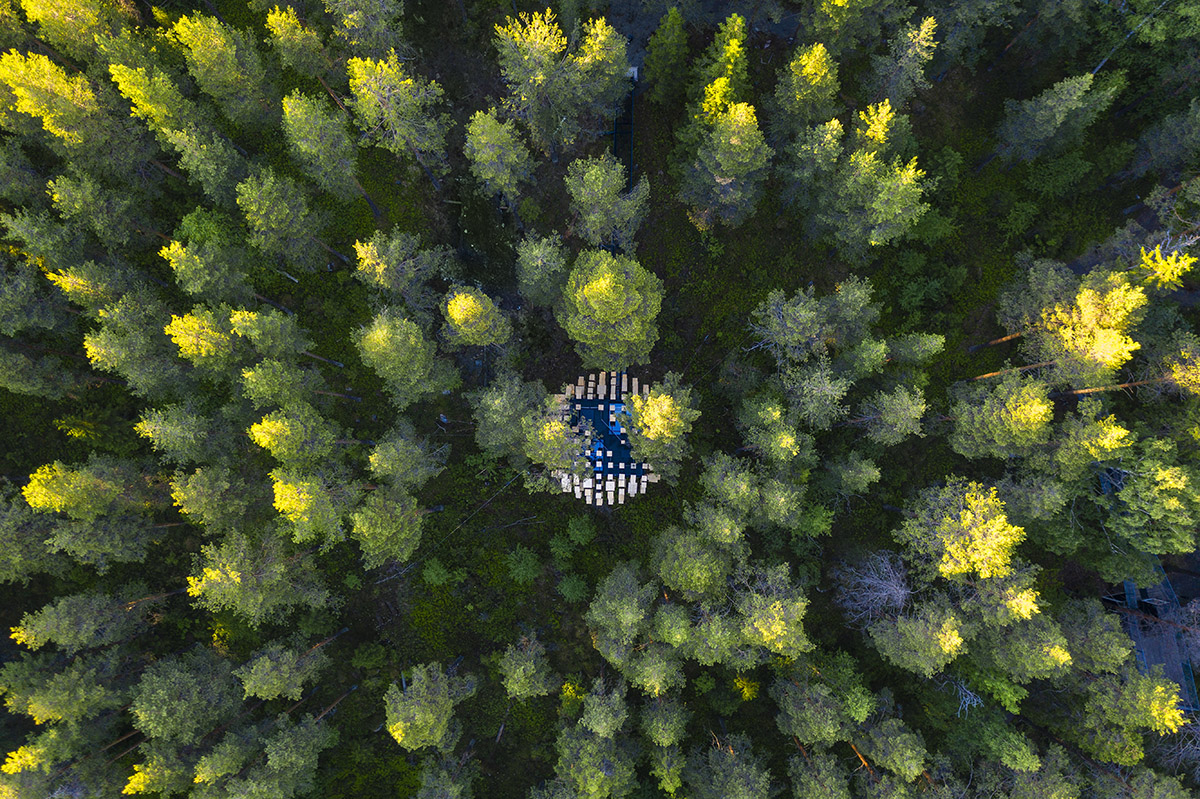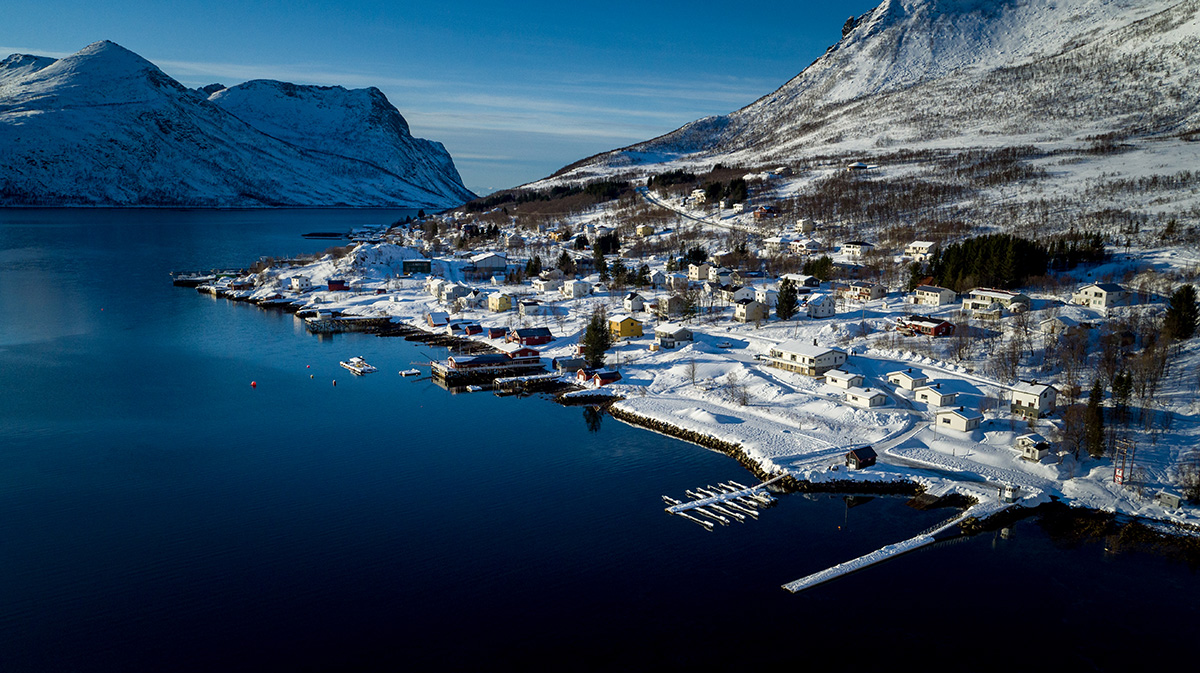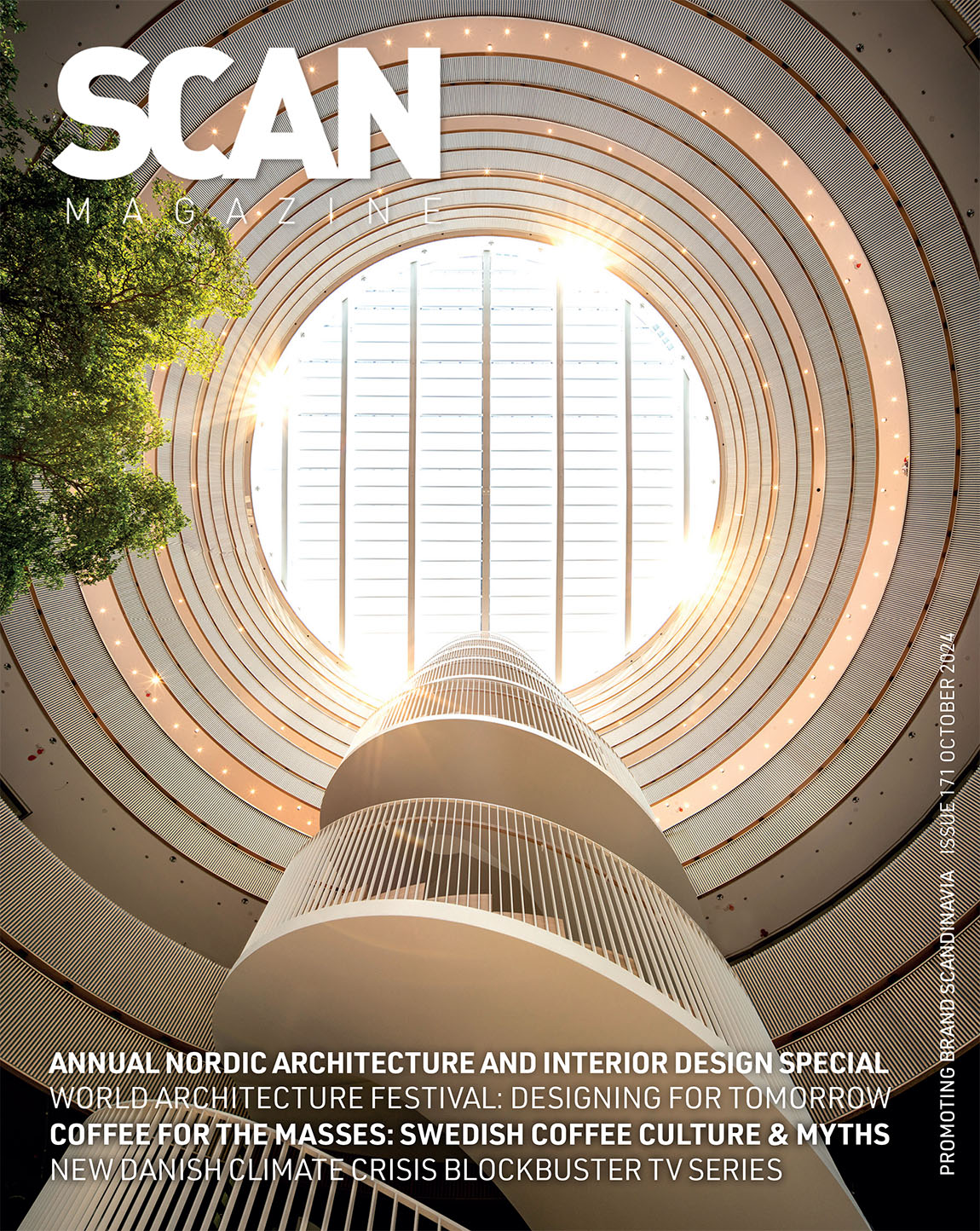Prins Eugens Waldemarsudde: Princely treasures in Stockholm’s royal retreat
By Xander Brett
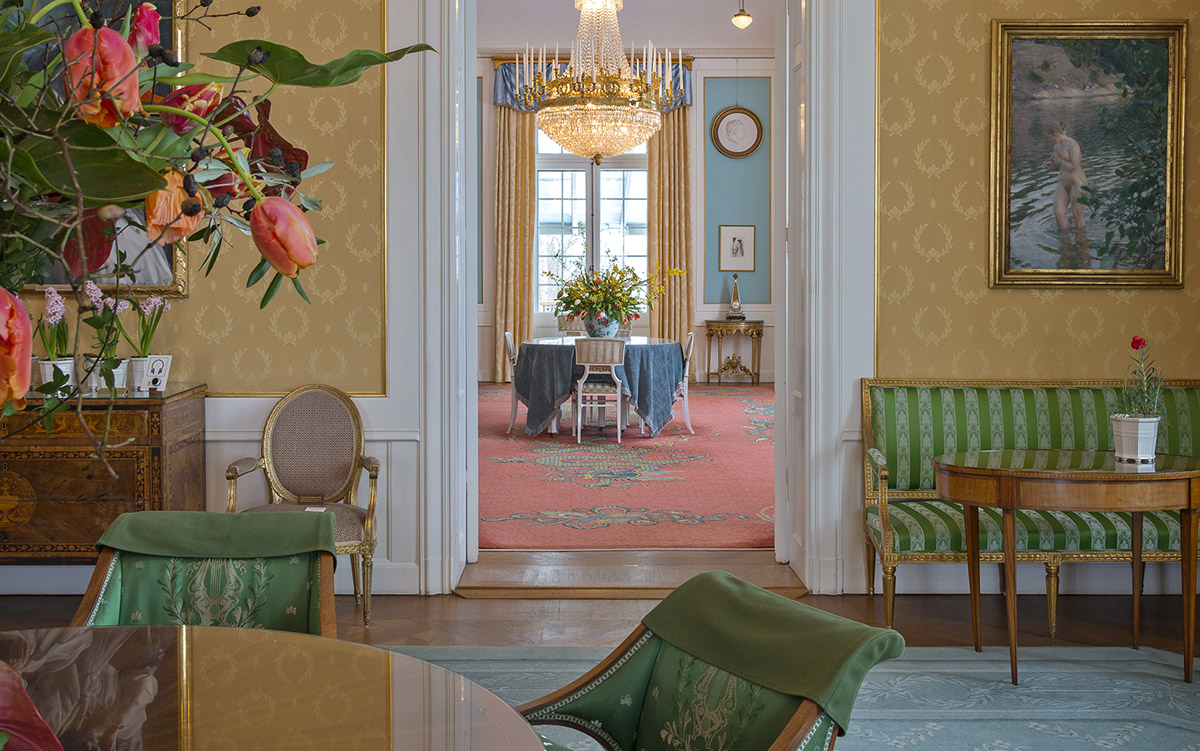
Prince Eugen’s private apartments. Photo: Anders E Skånberg
On the island of Djurgården, Prins Eugens Waldemarsudde offers a quiet refuge from the hubbub of the Swedish capital. Until his death in 1947, the villa was the home of Prince Eugen, the youngest son of Oscar II. Today, it houses a museum displaying works collected by the prince as well as paintings by the royal himself.
Waldemarsudde looks across to Gamla Stan, offering visitors the chance to unwind in the museum’s café and sculpture garden, with the imposing presence of an old linseed mill from 1785 towering above. Temporary exhibitions are often curated on the second and third floor (the prince’s studio) of the mansion and in the gallery wing. The museum’s permanent collection – which contains around 7,000 works – is housed on the bottom floor of the mansion, in the studio and an adjoining gallery, completed in 1913.
“The prince’s apartments are very well preserved,” says Waldemarsudde’s director, Karin Sidén, adding that the museum has a florist employed to ensure flowers complement the works on display. “What makes the museum unique,” she says, “is that the building as a whole was composed as a work of art.” Eugen asked for the mansion to be opened to the public after his death, and architect Ferdinand Boberg designed the house around his collection.
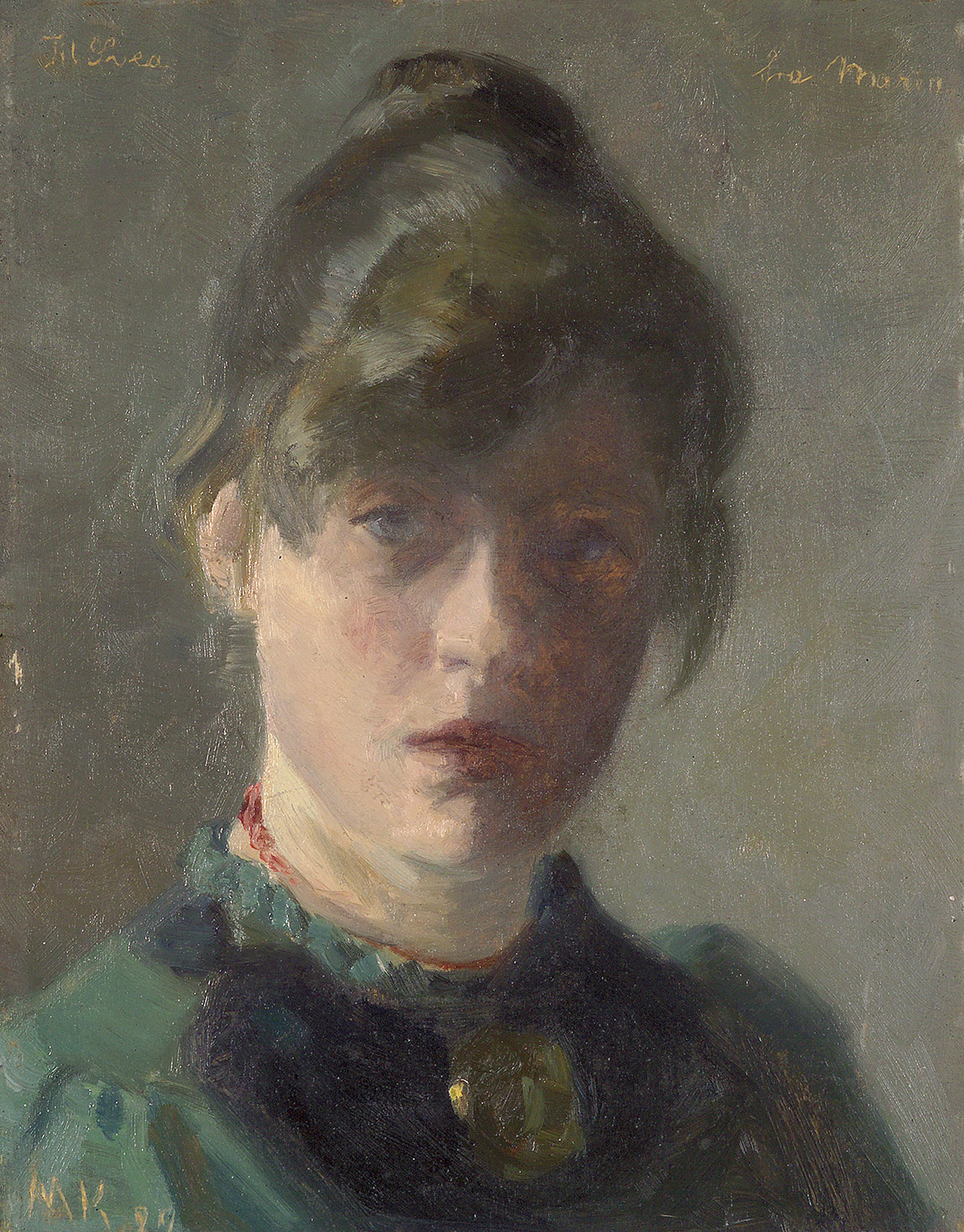
A self-portrait of Danish artist Marie Krøyer, the subject of an exhibition opening on 9 March, 2024. Photo: Skagens Kunstmuseer
During Eugen’s lifetime, the mansion was a hive of social activity, fueled by his status in both the royal family and artistic circles. “Eugen started to collect fine art while he was in Paris in the late 1880s,” Sidén says. “He wasn’t an amateur; he was a professional artist. Around 1900, he became one of Sweden’s most important landscape painters.”
Today, while the walls of the villa continue to foster and house intense intellectual discourse, they also allow for the silent shuffling of tourists. All visitors remain guests of Prince Eugen, who’s buried nearby. Indeed, to step into Waldermarsudde is to be welcomed into the prince’s world – it’s a still-breathing remnant of the creative passion that turned the museum itself into a work of art.
On 9 March, a major exhibition with works by the Danish artist Marie Krøyer opens, while September sees the opening of an exhibition on the Norwegian artist Lars Hertervig, whose paintings will be shown in dialogue with those by Swedish artist Carl Fredrik Hill. Working extensively with museums across Europe, Sidén emphasises the importance of cross-border collaborations. “We arrange between four and six temporary exhibitions each year,” she explains. “Our permanent collection, meanwhile, mainly includes works from France, Sweden and the other Scandinavian countries.”
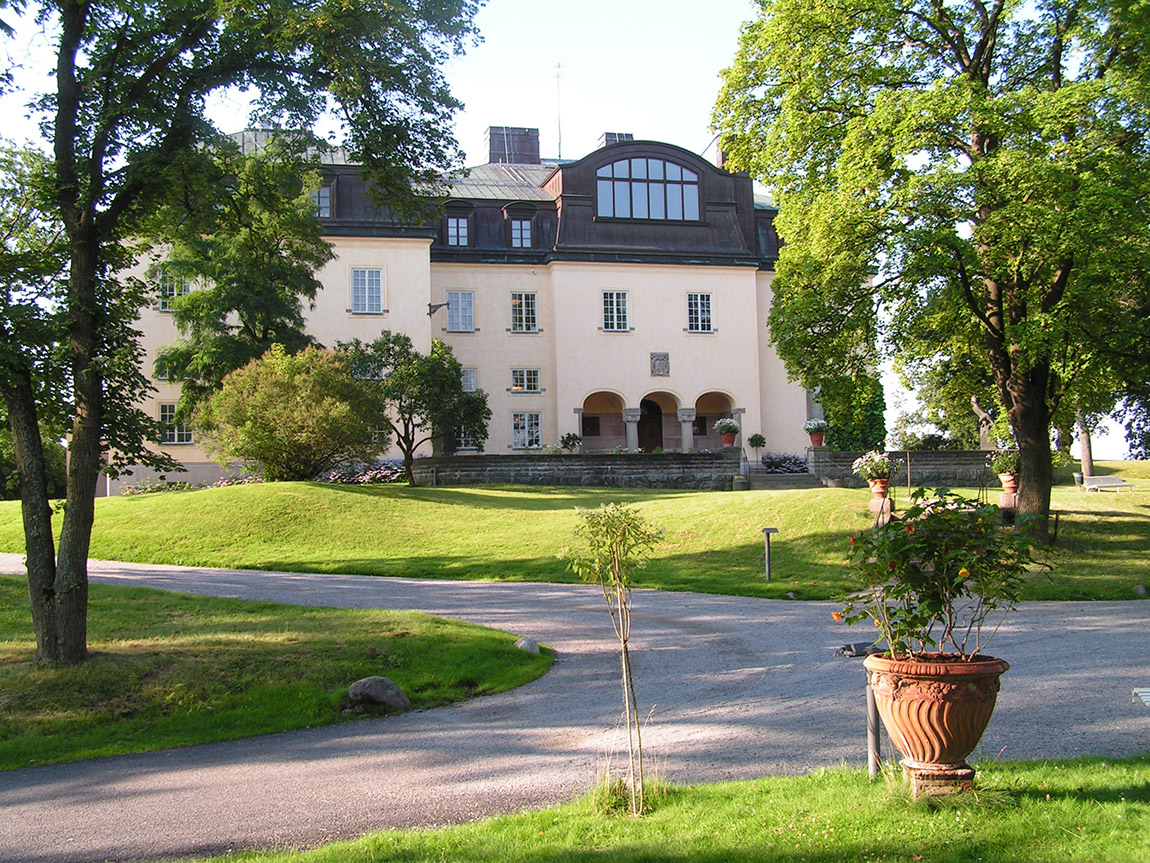
The exterior of the prince’s villa. Photo: Kjell Renblad
Web: www.waldemarsudde.se/en/ Facebook: prinseugenswaldemarsudde Instagram: @prinseugenswaldemarsudde
Subscribe to Our Newsletter
Receive our monthly newsletter by email

